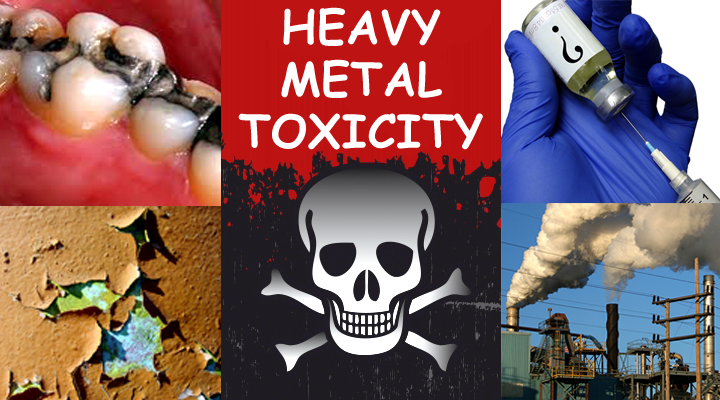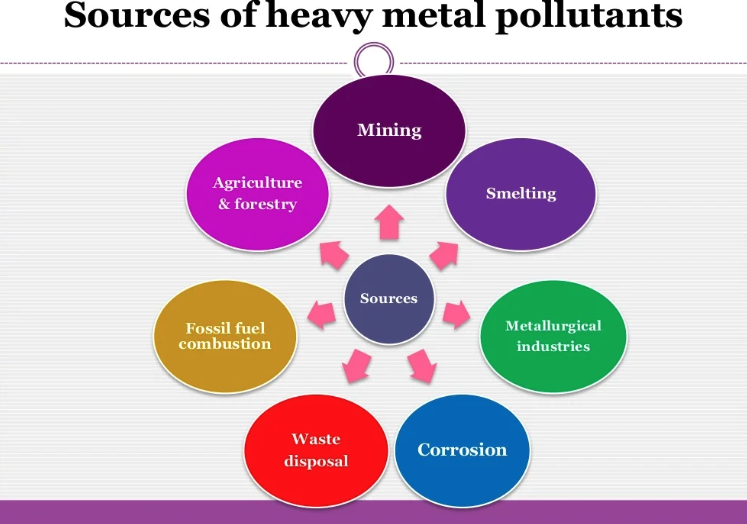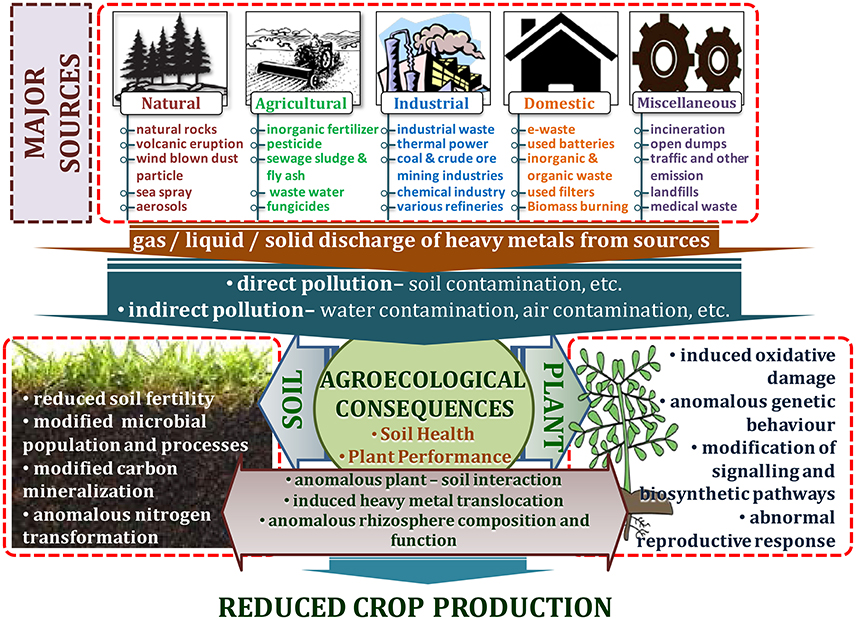
A toxin is a poisonous substance capable of causing death or serious debilitation, and is often found in air, water, and soil.1,2 In this author’s last post, hepatic phase 1 and phase 2 detoxification pathways were covered as a means of appreciating the primary method of capturing and excreting toxins (via urination and defecation). In the following sections, this author would like to provide another simple, convenient, and cost-effective means of toxin removal via sweating and sauna use.

Heavy metals such as cadmium (Cd), chromium (Cr), arsenic (As), mercury (Hg), lead (Pb), copper (Cu), zinc (Zn), and nickel (Ni) have been listed as precedence-controlled pollutants according to Wang et al.3 Although some of the listed heavy metals provide physiological benefit to the human body (i.e., Cu, Zn, Cr, and possibly Ni), the other listed metals (i.e., Cd, As, Hg, Pb) have no known benefits to health and homeostasis.2(1)4 Furthermore, said heavy metals are confirmed or probable carcinogens and induce an array of toxic and deleterious effects upon the nervous, renal, endocrine, cardiovascular, musculoskeletal, and immunological systems.2(1)As such, it is imperative to not only minimize and/or avoid exposures to Cd/As/Hg/Pb; it is equally critical to remove them from the body.

As mentioned in the introduction, humans are exposed to such heavy metals through air, water, and soil. Of particular relevance is soil exposure, specifically, through ingestion of crops grown in heavy metal-contaminated farmland.3(12321)Ultimately, such origins of exposure make it difficult to avoid and demand methods of managing levels in the body. In addition to hepatic detoxification, sweating also provides a meaningful way of removing such metals.2(2)Sears et al2(4) noted that when measuring constituents of sweat, significant levels of As/Cd/Pb/Hg were found indicating its utility as a means to remove said metals from the body.2(4)Furthermore, maximal sweating can generally be reached within a 15-minute period, indicating a relatively short period of time to initiate such a process.2(2) Saunas are a particularly useful means of achieving the same.

Hussain and Cohen5 performed a systematic review whereby 40 studies were examined that used dry saunas, steam saunas, and infrared saunas. Temperature ranges were from 50°Cto 90 °C, relative humidity between 10%-30%, and durations lasting from 5 minutes to 30 minutes, with frequency of use ranging from once to multiple times per week.5(19) Not only did sweating help remove heavy metals, there was also a positive correlation with improvements in systemic inflammation, oxidative stress, blood pressure, dementia, and endothelial function.5(24,26) Such knowledge is encouraging as it provides an apparent breadth of health benefits with little physical effort.
In conclusion, heavy metals and other toxins are relatively ubiquitous in air, water, soil, and food. With no known benefit to human physiology and health, it is incumbent upon the public to become aware of such xenobiotics; avoidance and/or minimizing exposure as much as possible is paramount as well as implementing time and cost-effective methods like sauna/sweating to remove such bioaccumulated toxins.
References
1. Toxin. Merriam-Webster.https://www.merriam-webster.com/dictionary/toxin. Accessed September 23, 2019.
2. Sears ME, Kerr KJ Bray RI. Arsenic, cadmium, lead, and mercury in sweat: A systematic review. J Environ Public Health. 2012. doi:10.1155/2012/184745.
3. Wang S, Wu W, Liu F. Assessment of the human health risks of heavy metals in nine typical areas. Environ Sci Pollut Res. 2019;26(12):12311-12323. doi:10.1007/s11356-018-04076-z.
4. Lord RS, Bralley, JA. Laboratory Evaluations for Integrative and Functional Medicine (2nded.). Duluth, GA: Genova Diagnostics; 2012.
5. Hussain J, Cohen M. Clinical effects of regular dry sauna bathing: A systematic review.Evid Based Complement Alternat Med. 2018;1-30. doi:10.1155/2018/1857413.
-Michael McIsaac
